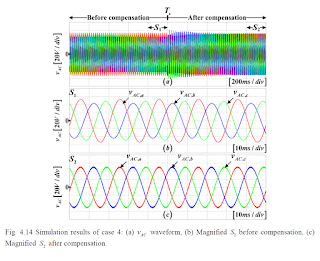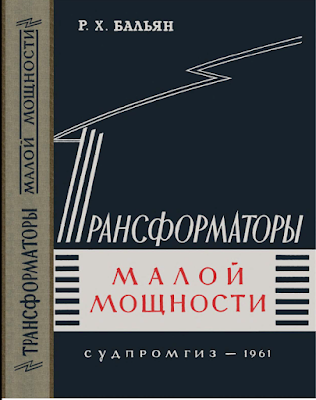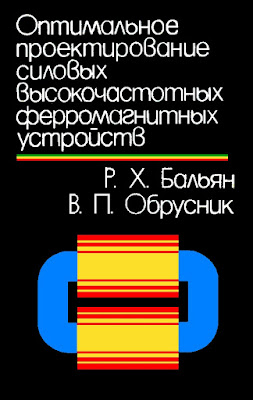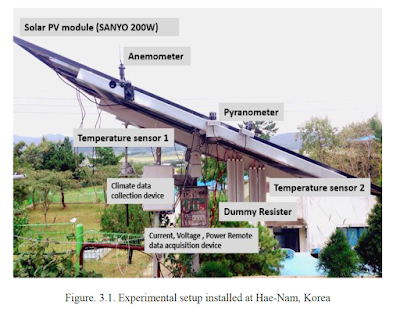Etude, conception et réalisation de circuits de commande d'IGBT de forte puissance par Pierre Lefranc
Soutenue en 2005 à Lyon, INSA , dans le cadre de École doctorale Électronique, électrotechnique, automatique (Lyon) , en partenariat avec CEGELY - Centre de génie électrique de Lyon (Rhône) (laboratoire) .
Résumé
L'IGBT (Insulated Gate Bipolar Transistor) a pris une part importante dans les applications de l'électronique de puissance. Depuis ses débuts dans les années 1980, il n'a cessé de concurrencer les composants comme le thyristor, le GTO, le MOSFET et le transistor bipolaire. A l'heure actuelle, le transistor IGBT permet d'être utilisé dans beaucoup d'applications notamment sous forme de module IGBT dont il est question dans cette thèse. Les modules IGBT font partie intégrante des convertisseurs de puissance. Ils sont associés à leurs circuits de commande (aussi appelés drivers). Ils ont pour fonction de piloter les modules IGBT qui leurs sont associés et de garantir leur intégrité en cas de défauts (surintensité, surtension). Dans ce mémoire, nous traitons de la réalisation et la conception de drivers de modules IGBT. Pour mener à bien cette étude, nous présentons tout d'abord un état de l'art sur les modules IGBT et leurs drivers. Ensuite, nous proposons une analyse et une modélisation des modules IGBT en prenant en compte le câblage. Nous apportons un complément d'étude sur le phénomène d'avalanche dynamique des puces IGBT en régime de surintensité. Enfin, nous effectuons la conception et la réalisation de drivers de modules IGBT. La fonction principale des drivers est découpée en sous fonctions qui permettent d'effectuer une étude structurée. Chaque sous fonction est étudiée et les solutions apportées sont exposées avec simulations et résultats expérimentaux à l'appui.
LINK:
http://www.mediafire.com/file/homyek8b2tdproq/thesefrance.pdf/file




























































































 JOSIL ARTISTA PLASTICO FORTALEZA CEARA BRASIL AV.HERACLITO GRAÇA 41 TEL(85)32542378
JOSIL ARTISTA PLASTICO FORTALEZA CEARA BRASIL AV.HERACLITO GRAÇA 41 TEL(85)32542378















